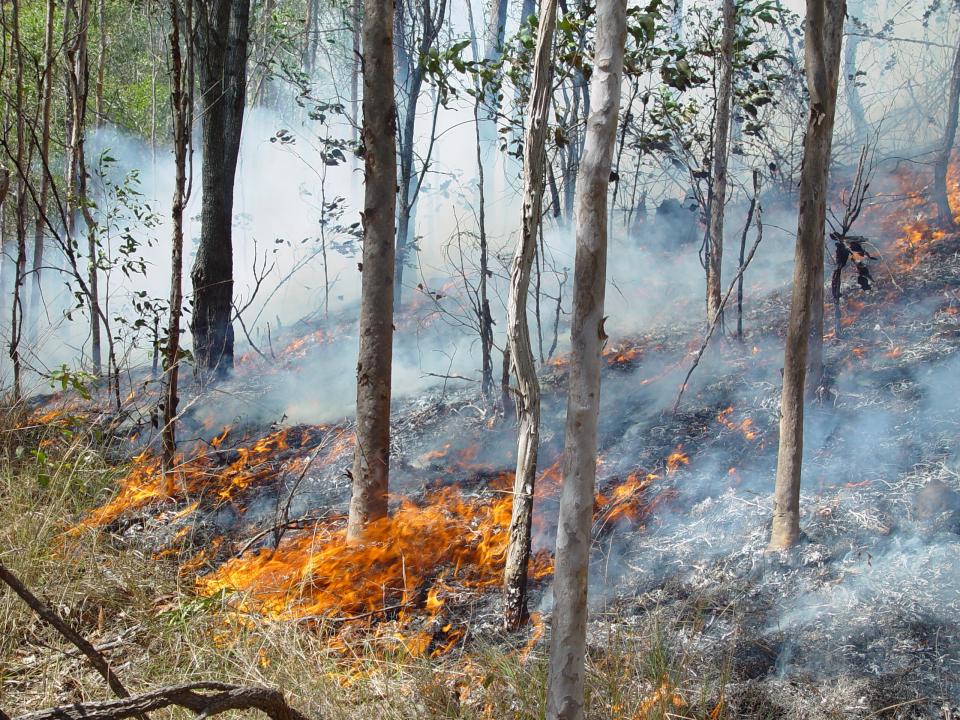
PUBLICATIONS
Published works

Understanding the variability of Australian fire weather between 1973 and 2017
| Title | Understanding the variability of Australian fire weather between 1973 and 2017 |
| Publication Type | Journal Article |
| Year of Publication | 2019 |
| Authors | Harris, S |
| Journal | PLOS ONE |
| Volume | 14 |
| Issue | 9 |
| Date Published | 09/2019 |
| Keywords | fire weather; variability; climate drivers; climate change |
| Abstract | Australian fire weather shows spatiotemporal variability on interannual and multi-decadal time scales. We investigate the climate factors that drive this variability using 39 station-based historical time series of the seasonal 90th-percentile of the McArthur Forest Fire Danger Index (FFDI) extending from 1973 through 2017. Using correlation analyses, we examine the relationship of these time series to the El Niño Southern Oscillation (ENSO), the Southern Annular Mode (SAM) and the Indian Ocean Dipole (IOD), considering both concurrent and time-lagged relationships. Additionally, longer term behaviour of the time series using linear trend analysis is discussed in the context of the climate drivers, Interdecadal Pacific Oscillation (IPO) and anthropogenic climate change. The results show that ENSO is the main driver for interannual variability of fire weather, as defined by FFDI in this study, for most of Australia. In general, El Niño-like conditions lead to more extreme fire weather, with this effect stronger in eastern Australia. However, there are significant regional variations to this general rule. In NSW, particularly along the central coast, negative SAM is a primary influence for elevated fire weather in late-winter and spring. In the southeast (VIC and TAS), the El Niño-like impact is exacerbated when positive IOD conditions are simultaneously observed. The spring conditions are key, and strongly influence what is observed during the following summer. On longer time scales (45 years), linear trends are upward at most stations; this trend is strongest in the southeast and during the spring. The positive trends are not driven by the trends in the climate drivers and they are not consistent with hypothesized impacts of the IPO, either before or after its late-1990s shift to the cold phase. We propose that anthropogenic climate change is the primary driver of the trend, through both higher mean temperatures and potentially through associated shifts in large-scale rainfall patterns. Variations from interannual factors are generally larger in magnitude than the trend effects observed to date. |
| URL | https://journals.plos.org/plosone/article?id=10.1371/journal.pone.0222328&ct=t(EMAIL_CAMPAIGN_10_29_2019_23_20)&mc_cid=831ea64e9e&mc_eid=73e0665bda |
| DOI | 10.1371/journal.pone.0222328 |
| Refereed Designation | Refereed |
Published Works


